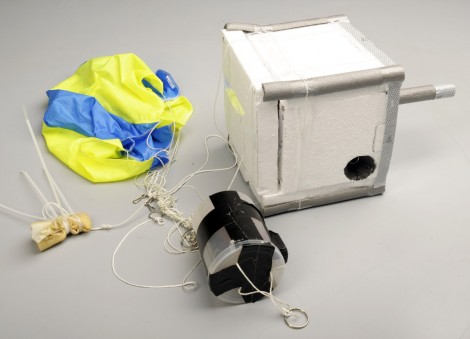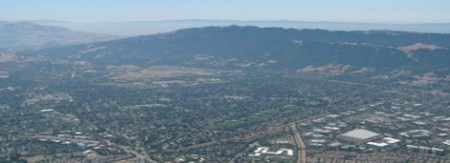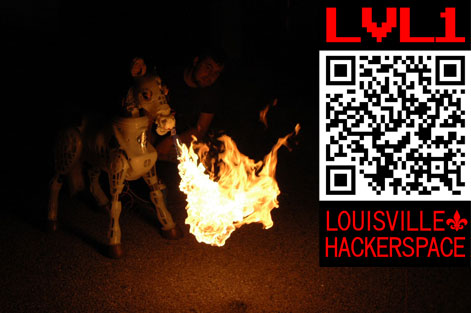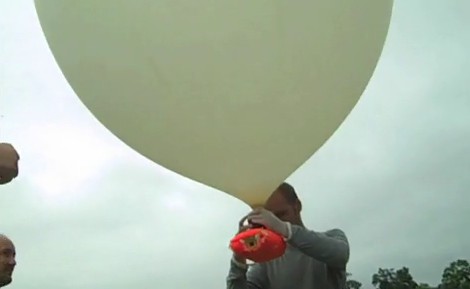
At 11 AM London time, October 22, the Sutton grammar school for boys is going to be launching Apex Alpha, a high altitude amateur balloon for an attempt at the UK altitude record. Unlike a few other balloons we’ve seen, the Apex team is doing it right and giving everyone the downlink details for the balloon.
The payload for the balloon was built entirely by student of the Sutton grammar school and weighs less than 300 grams. While it’s not carrying a camera for the all-important pretty pictures, the payload does have a GPS module and a transmitter; it’s just enough to do the required testing on the lead up to Apex III.
Right now, the UK amateur balloon record stands shy of 130,000 feet. The team gained a lot of experience with their Apex I and Apex II launches, and they’re pretty confident they have the experience to pull this one off. You can check out the progress of the Apex Alpha flight on the spacenear.us tracker. For us Yanks, the launch should start October 22nd at 6:00 am Eastern time and 3:00 in the morning for the West coast. The team says they’ll be updating that throughout the flight.
UPDATE: Apex Alpha just won’t burst. Any HAMs near Berlin in Eastern Europe are sorely needed. Head over to the IRC chat if you can help.















